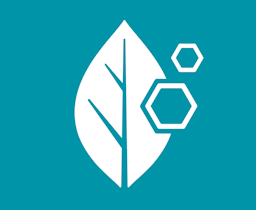The mystery and science behind Echinacea
Echinacea has been used for centuries and is probably one of the most popular herbs today. What makes it so special? Naturopath Jodi Van Dyk uncovers the mystery.

Echinacea, or purple cone flower as it is commonly known, is a perennial herb, and it is native to the United States and Canada. Historically, this herb was first used by the Native American tribes who revered it as a herb for illness and injury.
Echinacea was later adopted for use by a group of herbalists in the late 19th and 20th centuries. These herbalists utilised the knowledge of the Native Americans, built on this and went on to use Echinacea for many ailments including those of an infectious nature. In modern times, Echinacea has been rediscovered as we increasingly turn to natural alternatives when it comes to our health.
The science behind it
Traditionally, Echinacea has been used to treat the symptoms of colds such as sore throats and runny noses. However, current research has highlighted broader mechanisms of Echinacea that are beneficial.
Studies suggest that the effect of Echinacea may be due to its ability to support the body’s immune system. Echinacea is thought to be able to increase the activity of a very important group of white blood cells known as phagocytes. Phagocytes are specialised cells that have the ability to ingest foreign substances such as bacteria and destroy them. Clearly they are important for our body’s ability to fight infections.
Echinacea’s role in colds
Clinical trials have also demonstrated Echinacea’s ability to not only reduce the duration of symptoms of a cold but also to reduce the severity of symptoms.
A clinical trial has demonstrated that 1800 mg of Echinacea per day delivered relief from symptoms of upper respiratory tract infections.
What makes Echinacea work?
Echinacea consists of many different naturally occurring chemicals, including alkylamides, cichoric acid, polysaccharides and glycoproteins.
Many herbalists consider alkylamides to be the most important of the active constituents. This important component of Echinacea can be detected when you take the liquid herb as the alkylamides give a tingling sensation on the tongue. This tingling sensation is thought by many to signal the |LS|resemce of am adequate amount of these important alkylamides and hence the quality of the Echinacea liquid.
References available on request

Blackmores The articles produced by Blackmores are authored by a dedicated team of expert writers who tailor their content to address topics that resonate with our community's interests.
- DATE
- 26 Oct 2023
- AUTHOR
- Blackmores
- CATEGORY
- SHARE